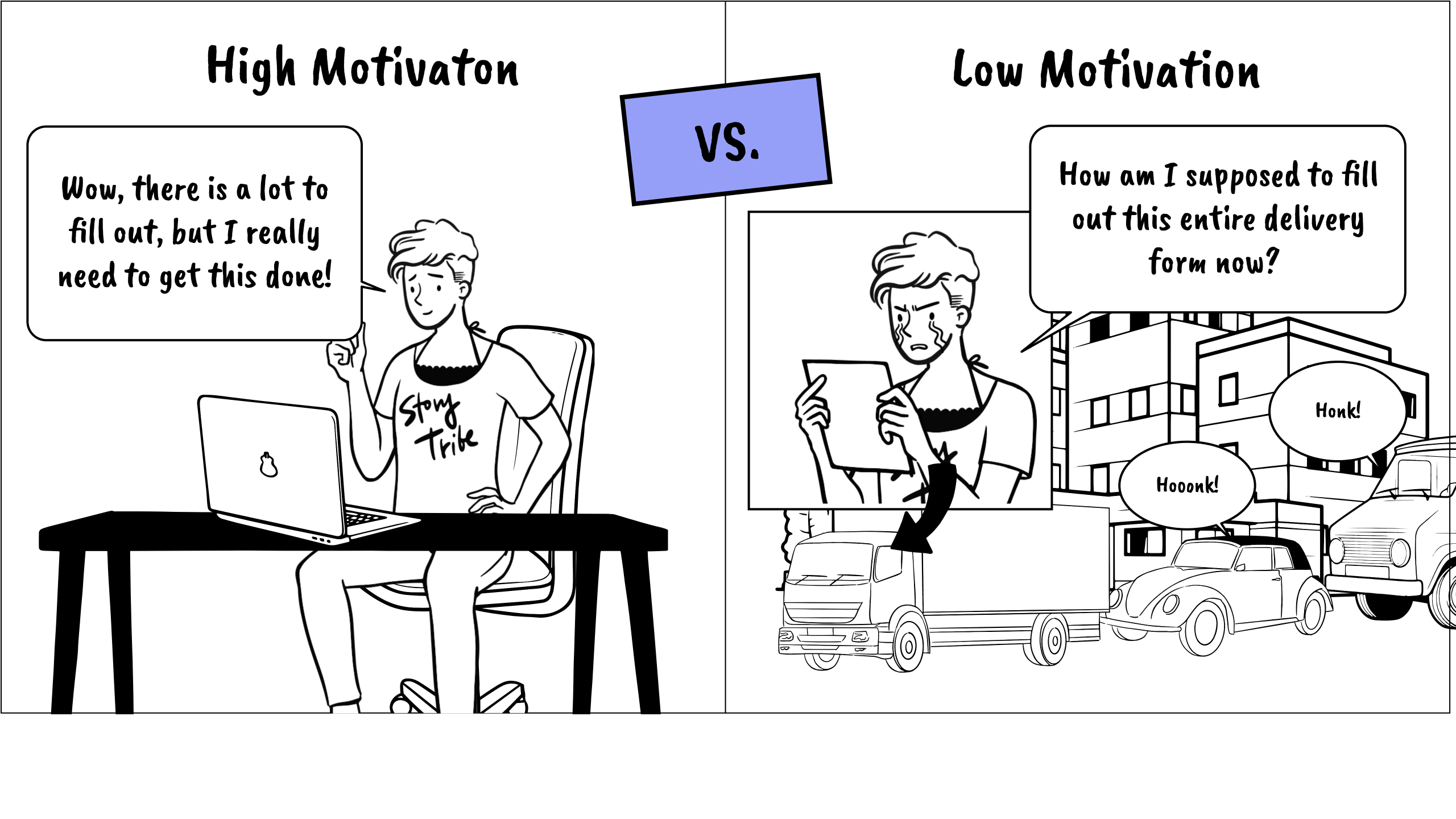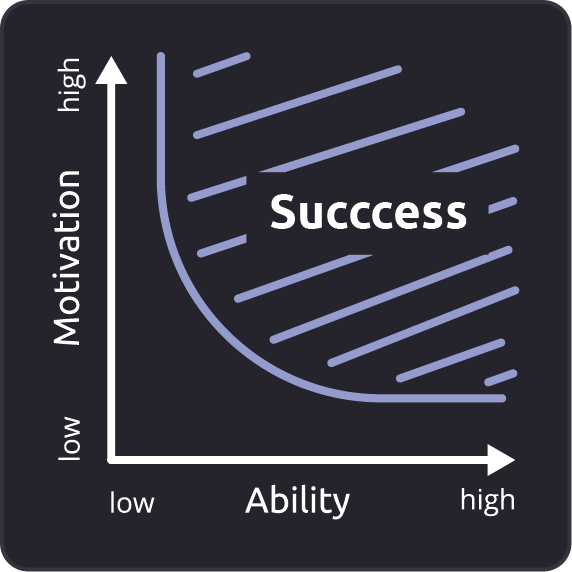Are you eager to encourage specific behaviors from your users? The key lies in understanding and leveraging their motivation levels. When delivering solutions, it is crucial to align with the user’s desired behavior. High motivation allows users to overcome friction, while low motivation necessitates minimizing barriers. Let’s explore how we can achieve this delicate balance without delving into complex behavioral models.
Raise your empathy to avoid failures
Imagine a fictional scenario, where you’re a manager in the logistics industry, aiming to streamline processes by gathering essential data from your clients. To achieve this, leverage your drivers who are in direct contact with clients during deliveries. A clever approach, isn’t it? However, these drivers already have the significant task of delivering goods. Now, you’re making them face an additional challenge: filling out a form during deliveries. While this may seem like a straightforward task, for the drivers, it becomes a distraction from their main goal. Additionally, the challenging environment, with narrow streets and large trucks, can create stressful situations for them.

To ensure success in this scenario, it is imperative to empower your drivers with seamless solutions. Failing to do so may result in reduced data collection, a negative impact on your reputation, and ultimately hinder the achievement of your goals. By understanding the context and providing the right tools for problem-solving, you create an environment conducive to success.
Introducing the Fogg Behavior Model
Though not explicitly mentioned, the underlying principle here is the Fogg Behavior Model, developed by psychologist B.J. Fogg. It posits that motivation and ability must be in balance for effective user action. A user will only take a desired action if there is a trigger, such as you as the manager instructing the drivers to gather data, coupled with sufficient motivation and the necessary ability. Consequently, when users exhibit lower motivation levels, compensating with increased ability and reduced friction becomes crucial.

Returning to our scenario: as a logistics manager aiming to gather more data, your needs align with the Fogg Behavior Model. It becomes essential to equip your drivers with a tool that minimizes friction entirely. Additionally, designing processes tailored to their specific situations ensures optimal user engagement and data collection.
Conclusion
Mastering the Fogg Behavior Model serves as a powerful tool for UX designers and decision-makers seeking to understand and influence user behavior effectively. By aligning solutions with user motivation and ability, we create a seamless experience that not only meets but exceeds user expectations. Moreover, when making decisions about further digitalization projects, this model serves as a great rule of thumb, providing insights into the necessary elements for successful user adoption.
